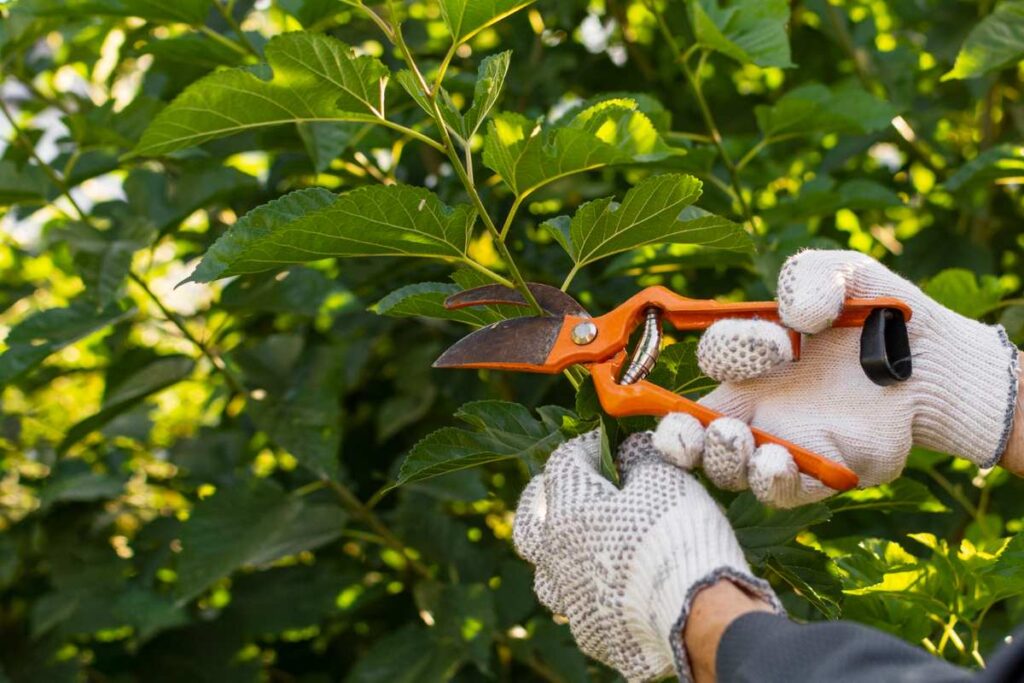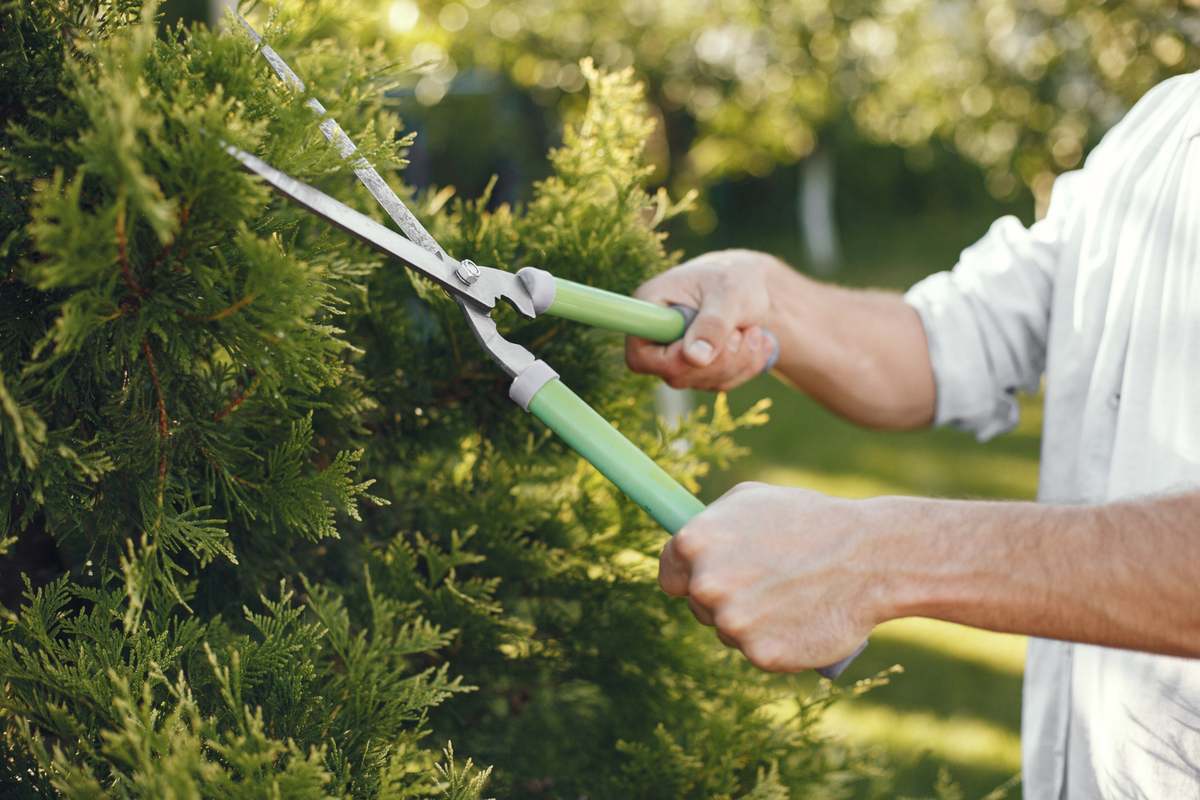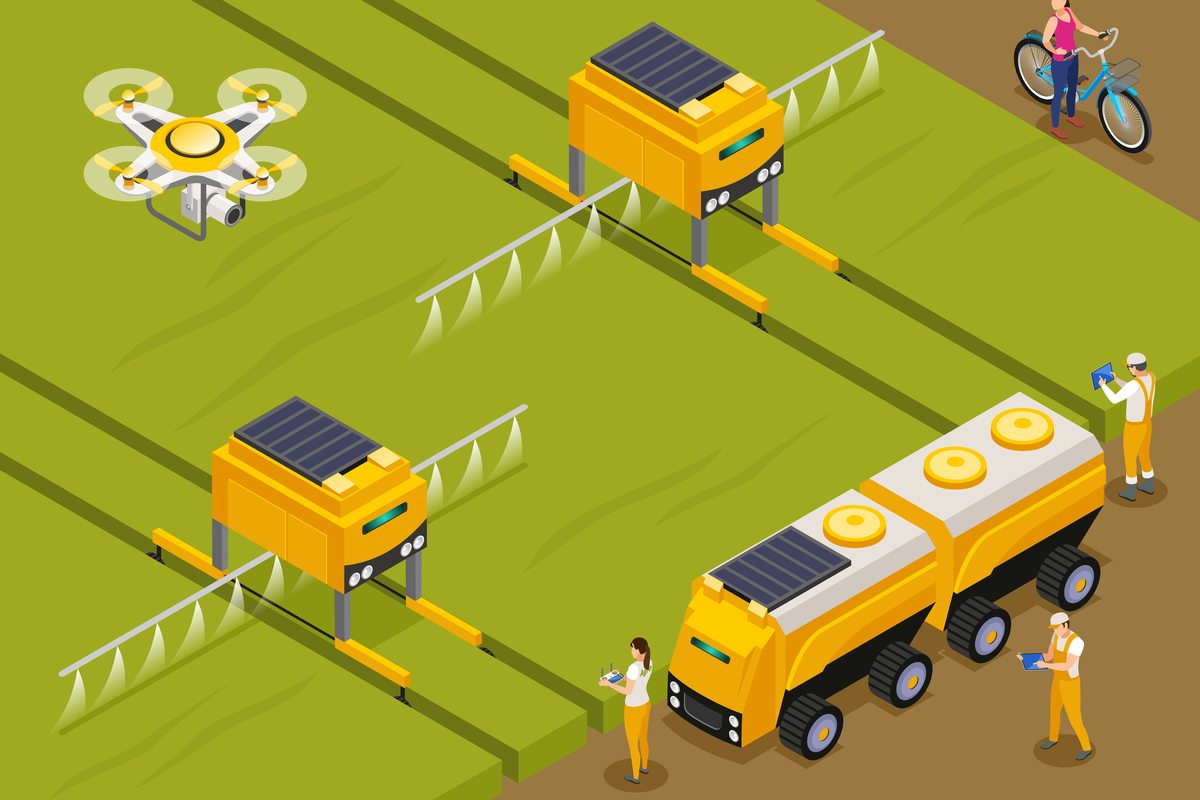Training and pruning are essential techniques in horticulture that play a crucial role in shaping, controlling, and enhancing the growth of plants to achieve better productivity, health, and visual appeal. These techniques hold significant importance, especially when it comes to fruit trees, ornamental shrubs, and vines. By executing them accurately and taking into account the specific requirements of each plant, these practices greatly contribute to the overall success and long-term sustainability of horticultural endeavors. In this article, we will discuss the difference between training and pruning in horticulture in detail.
Table of Contents
What is Training in Horticulture?
The process of horticulture training involves the systematic guidance and control of plant growth to achieve specific shapes, structures, and habits that improve productivity, health, and visual appeal. This method includes various interventions such as staking, trellising, tying, or bending branches to influence the growth patterns of plants, especially when they are young. Through early training, horticulturists can establish sturdy frameworks, enhance the penetration of light and circulation of air within the plant canopy, and make tasks like pruning and harvesting more manageable.
What is Pruning in Horticulture?
Pruning is an essential technique in horticulture that involves the careful removal of specific parts of a plant, like branches, shoots, or roots, to manage growth, sculpt the plant, and encourage desired outcomes such as blooming, fruiting, or improved appearance. This practice is vital for preserving the health, strength, and productivity of plants. By eliminating dead, diseased, or damaged branches, and by thinning out congested areas in the plant’s canopy, pruning improves air circulation and light exposure, thus decreasing the likelihood of pest and disease attacks. Moreover, pruning promotes fresh growth, fosters branching, and helps maintain the plant’s overall size and form.
Importance of Training and Pruning in Horticulture

Training and pruning are essential techniques in horticulture that have a significant impact on the growth and development of plants. Their purpose is to optimize productivity, enhance plant health, and improve aesthetics. Through various training methods like staking, trellising, and espaliering, young plants are guided to establish strong frameworks that will support their future growth and fruit production. On the other hand, pruning involves selectively removing certain parts of the plant to control growth, shape the plant, and encourage flowering and fruiting. These practices not only improve plant vigor, stimulate new growth, and enhance fruit quality, but they also help manage plant size, prevent overcrowding, and minimize the risk of disease spread. By employing appropriate training and pruning techniques, horticulturists can ensure the long-term success and sustainability of their crops and ornamental plants, ultimately contributing to abundant harvests, visually appealing landscapes, and the overall health of ecosystems.
Difference Between Training and Pruning in Horticulture
| Attributes | Training | Pruning |
| 1. Purpose | The training process aims to shape the plant’s overall structure to enhance growth, productivity, and form. It entails directing the growth of young plants to establish robust frameworks that will facilitate future growth and the production of fruits. | Pruning involves selectively removing parts of the plant, such as branches, shoots, or roots, to control growth, shape the plant, and promote flowering and fruiting. |
| 2. Techniques | Training techniques include methods such as staking, trellising, tying, and espaliering. These techniques help direct the growth of shoots, branches, and stems in desired directions and patterns. | Pruning techniques vary depending on the plant species, growth habits, and desired outcomes. Common pruning methods include thinning, heading back, tipping, and rejuvenation pruning. |
| 3. Timing | Training typically begins when plants are young and continues throughout their growth cycle. It involves ongoing monitoring and intervention to shape the plant’s structure as it matures. | Pruning is typically carried out during the dormant season to minimize stress on the plant and allow for better wound healing. However, specific pruning tasks may be performed throughout the year as needed. |
| 4. Benefits | Proper training promotes uniform growth, improves air circulation and light penetration within the canopy, reduces pest and disease incidence, and facilitates harvesting and maintenance tasks. | Pruning promotes plant vigor, stimulates new growth, improves fruit quality, enhances flowering and fruiting, and maintains plant health and aesthetics. It also helps manage plant size, reduce overcrowding, and prevent the spread of diseases. |









This website has quickly become my go-to source for [topic]. The content is consistently top-notch, covering diverse angles with clarity and expertise. I’m constantly recommending it to colleagues and friends. Keep inspiring us!